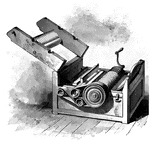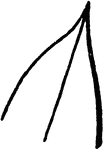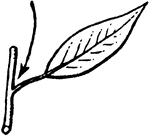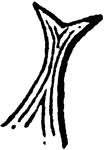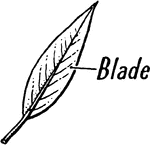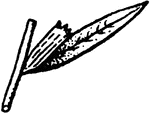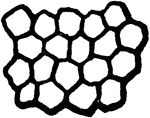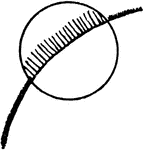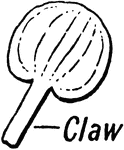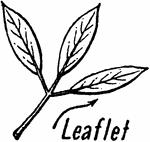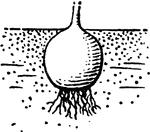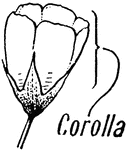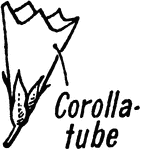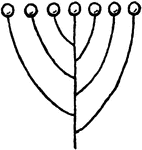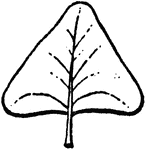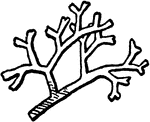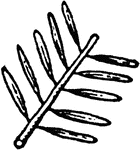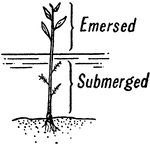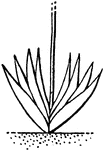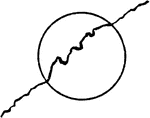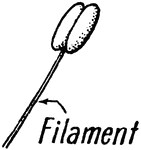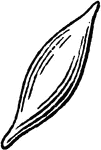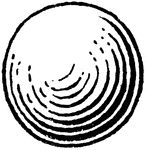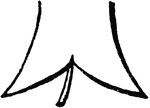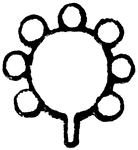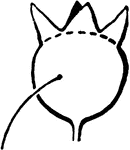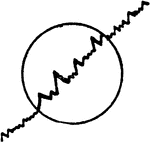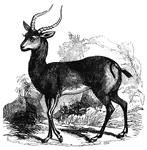
Pallah
"Four and a half feet long and three high. The general color is a deep red, and underr parts being white.…
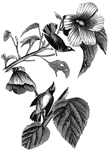
Blue-Winged Yellow Warbler
Found from Louisiana to New Jersey, the blue-winged yellow warbler migrates south to tropical parts…
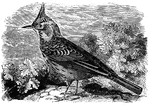
Crested Lark
Feeding mostly on worms and grain, the crested lark frequents Northern Europe i nthe summer, and Southern…
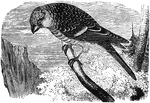
Pine Grosbeak
Found in the northern parts of America and Europe, the pine-grosbeak feeds mostly on seeds.
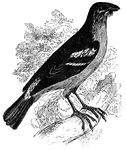
Chilian plant-cutter
The Chilian plant-cutter frequents the wooded parts of the country, where they feed on buds, fruits…
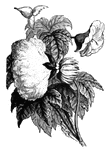
Cotton Plant
"Cotton Plant, which was regularly exported in small quantities from the South."—E. Benjamin Andrews,…

Common European Water Rail
The common European water-rail is native to warmer parts of Europe, as well as portions of Asia.
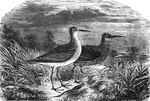
Curlew Sandpipers
Averaging about eight inches in length, the curlew sandpiper can be found in Northern Europe, Asia,…
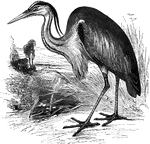
Gray Heron
Also known as the crested heron, the European gray heron ranges from Middle and Southern Europe into…
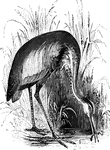
Purple Heron
"twenty-nine inches long; slate-gray above; dark maroon and slate-gray beneath ; found in the warmer…
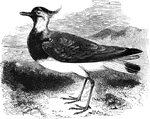
Lapwing
Also known as the peewit, the lapwing is distributed through Europe, as well as some parts of Asia and…
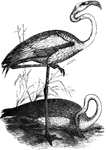
Flamingoes
The American flamingo stands about five feet tall, and is found throught tropical America, including…
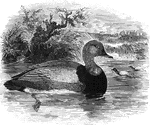
Pochard
The pochard (or dun-hen) averages about nineteen and a half inches in length, and is found in parts…
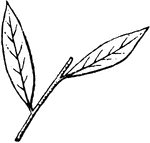
Alternate
Usually pertains to leaves. Not opposite each other but bourne singly at different levels on the stem.

Decurrent
Extending or running down on another structure, as a leaf on a stem or a tubercle on an achene.
